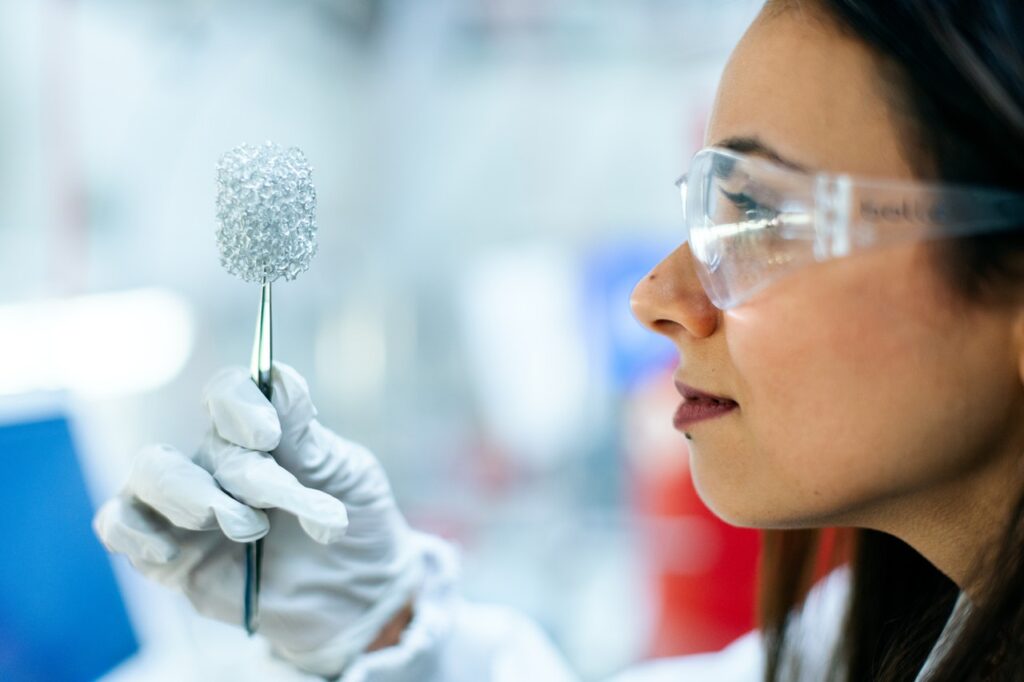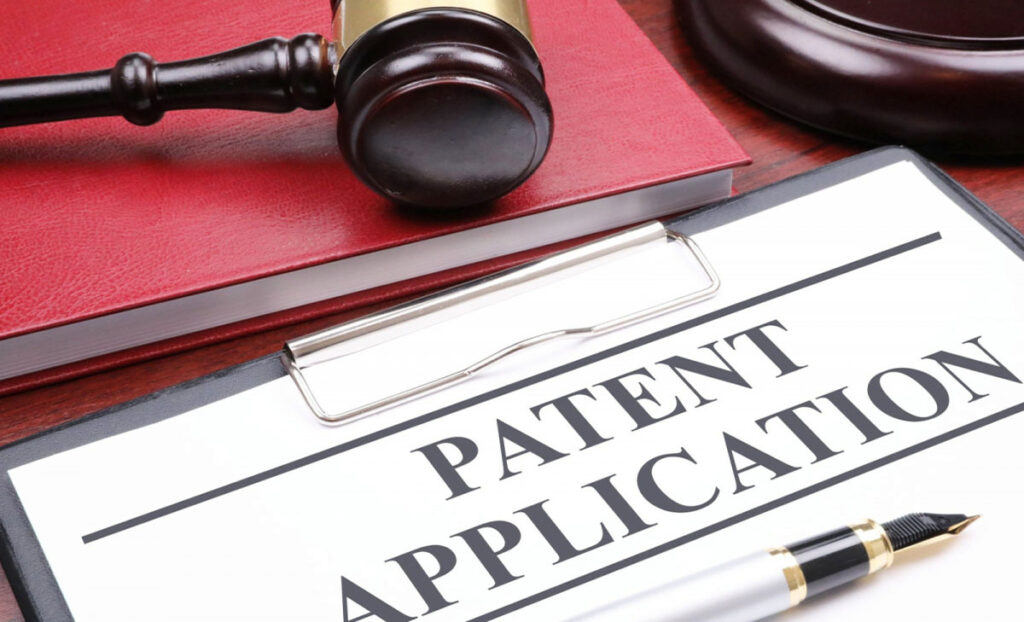Every new idea has to go through hundreds of hours of research before it makes it to the market. Inventors spend days trying to understand how the product development and patent processes go.
And for good reasons as patenting a product isn’t easy. But to help out, we have an article that explains both processes. Since one is different from the other, you will focus on different things before you eventually patent your product.
So with all that said, let’s dive deeper into the topic.
1. Understand That Your Product Can Be Patented

First things first, every inventor has to overcome one key issue. This issue can make or break the inventor’s idea. The issue in question is whether or not the product can be patented.
So how do you confirm it? Well, to confirm if your idea can be patented, you have to first confirm that your idea is eligible to be patented. The best way to quickly overcome this issue is to do a bit of research. The USPTO website will tell you if someone else has an idea similar to yours but patented.
You will need to search by keyword, and in many cases, spend hours on this one. Since you need to find the same product as yours, it might be better to get a helping hand. There are quite a lot of law firms that specialize in patent research – patent law.
By going in contact with one, they will go through the necessary steps and uncover the answer. Doing this first can save you from a lot of trouble. The last thing you want is to develop a product that’s already been patented.
2. Intellectual Property
3. Keep Records Of Everything
There’s a reason why every inventor has a journal. This journal is their bread and butter. It is the single most precious thing they own. Not only that, but they keep everything here. From research to product sketches, an inventor journal is your holy grail.
But there is an even more important reason why you should keep records of everything. Since chances are someone else might come up with the very same idea as yours, this journal will be proof against any copying claims or wrongdoing.
As a general rule of thumb, start recording as early as possible. From pen and paper to digital copies, keep a record of every single thing related to your idea.
4. Work On A Prototype

No invention can be patented without a prototype. A prototype is a semi-functional version of your product. Think of it as a demo of sorts. It doesn’t have to perform all the actions or features, but it should be enough so that the patent center can see what it is and what it’s supposed to do.
In addition to that, write a detailed description of what the prototype is and how it works. This shouldn’t be difficult to do as you already have all the information in your journal.
Once you have a functioning prototype, it’s time to do some more research. When it comes to patenting an idea, you will need all the help you can get. No doubt you’ll browse the internet for tips and tricks, but also for professionals that know how to get your product on the market. For all information patent-related, make sure to visit https://inventhelp.com/invention-patent-referrals.
5. Protect the Patent
At the end of the day, you won’t accomplish anything if you don’t protect your idea. There are a few ways to do that. Do know that this is one of the last steps in the product development process.
Let’s start by explaining what kinds of applications you can file. There are two of them. Those are provisional and non-provisional applications.
The first one, the provisional, is easier to file. That’s because what this application does is give you a one-year window to file the non-provisional application. A provisional application protects your idea but only for one year. In that time, you have to make sure you have a non-provisional application ready to go.
So how do you file a non-provisional application? To say it’s simple would be an understatement. A non-provisional application is a formal application that the inventor has to draft based on strict standards. If these standards aren’t met, you won’t be able to protect your idea.
But if you do manage to get it over the line, then your idea will have 20-year protection. So you might think it’s a no-brainer decision to file the non-provisional application. That isn’t always the case as there are specific cases where a provisional application is a better option.
If you’re unsure about your idea or product 100%, then file a provisional application and you’ll have a year to make up your mind. But if you’re ready to go on the market, then file a non-provisional application.
6. Drafting the Patent Application

We’re reaching the final steps of the process. As one would imagine, this is the most difficult process as it involves getting approved for a patent by the USPTO.
Each patent application includes several sections. The title of the application is the first and it states the name of your product or new invention.
The background and summary are very straightforward. You’re supposed to provide a description of what your invention is and a quick summary to close it.
The next section includes the abstract and drawings section. Also quite straightforward, you’re supposed to provide any drawings and abstract images of your product or invention. With each drawing, you’re supposed to provide a detailed description of what the patent officer is looking at.
Luckily for you, you have your journal to help navigate this part. In the next section, you’re supposed to payout the patent claim, while the last section includes a detailed reference to similar products or applications of your invention.
Before you do all this, you should know that every patent application must be written in a specific way. The rules are big and very specific. So that’s why you should get in contact with a professional that knows how to draft a patent application.
Related Posts:
- 11 Tips for Understanding the Stakeholder Management Process
- 4 Tips for Understanding the Sourcing Process in Retail
- 8 Tips for Improving Your Product Packaging in 2024
- Avoiding the Patent Pitfalls: Expert Tips for a…
- Effective Strategies for Using TikTok in Marketing…
- Turning Dreams Into Reality: Getting Started with…







